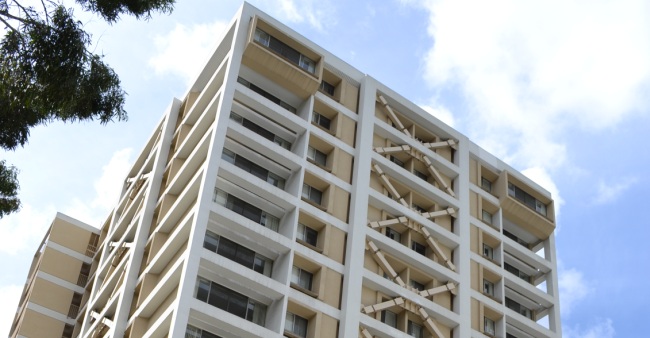Though earthquakes can produce devastating damages to life and property, modern technologies of seismic vibration control such as building elevation control, elevated building foundations, and the use of dampers and springs can assist in minimizing earthquake damage.

Seismic performance is the ability of a structure or a building to maintain its capability to perform the designed functions, including doing the incorporation of all the safety aspects, after an earthquake. A structure is generally recognized as safe if the lives and property in the building are not in danger. The technique of seismic analysis is a modern growth in the technology of earthquake engineering.
Basics Of Seismic Performance Analysis

Buildings and structures perform as oscillators when subjected to motion, and analysis of this motion in oscillators is evaluated. Seismic performance analysis is conducted normally by the earthquake response spectrum method, in which similar motion is forced into oscillators by vibration, as visualized during an earthquake, and the response of displacement, velocity ,and acceleration are measured. The ultimate reaction of buildings or structures to earthquakes of varying frequencies can thus be evaluated, and these values form the basis of earthquake building codes for that region.
Seismic vibration control consists of technologies to reduce the seismic effects in buildings and structures, and thus minimize earthquake damage. When the seismic waves travel upwards through the base of the buildings, their energy is considerably reduced due to the reflections. However, the residual seismic waves possess substantial energy to cause huge damage in a major earthquake, due to which seismic vibration control technologies are used. The damaging effects of seismic waves in buildings can be reduced by either dissipating the seismic waves by the use of dampers, dispersal between a wide range of frequencies, or absorption through the use of mass dampers. Limited control of the seismic energy flow through the building is also possible by base isolation of the building by the insertion of pads into the load carrying elements at the base that decouple a superstructure from the substructure. Several seismic vibration control technologies are used to minimize damages, such as building elevation control, elevated building foundation, and the use of dampers and springs.

Seismic designs have been developed by the use of modern technologies that can assist in the minimization of earthquake damages. Though the incorporation of seismic designs is expensive, unsuitable designs may cause extensive earthquake damage. However, seismic designs do not guarantee full protection against earthquakes, as these have been developed by a process of trial and error.
In accordance with the building codes, structures should be designed to withstand the earthquakes of the largest possible severity, thereby minimizing the loss of life and property. Seismic design is achieved by evaluation of the likely failure modes of structures, and ensuring provision of suitable strength and shape to the structures. Seismic design will depend upon the type of structure, location of site, and requirement of ground stabilization beneath the structure.


